An incredible natural phenomenon or a photography con? Here’s the truth about the northern lights from someone who’s seen them many times from land, at sea, and in the air.
Most commonly visible in high-latitude regions such as Scandinavia, Canada, and Russia, the aurora borealis or northern lights have captivated and inspired countless generations with their beauty.
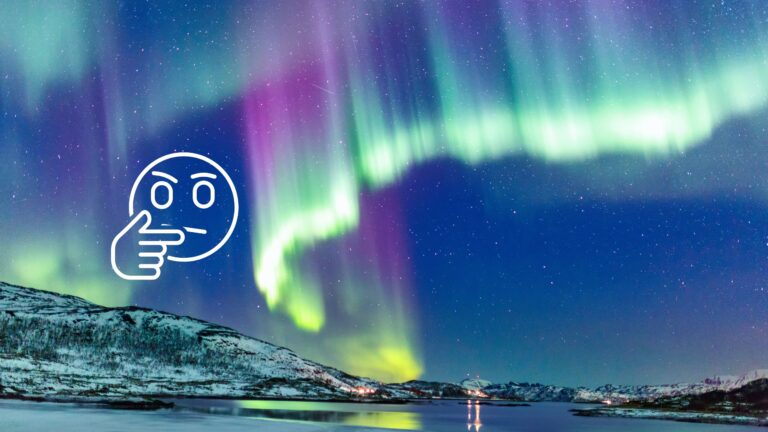
Thanks to spectacular photography and video, many people around the world dream of seeing the aurora borealis. People travel to Norway from as far away as China just to see the famous northern lights.
I’ve spent a lot of time in the last few years on northern lights tours and cruises. I notice the same thing, time and time again.
Some people seeing the aurora for the first time are astounded, whereas others are totally underwhelmed. Yet we're all looking at the exact same thing. So, how can that be? What exactly is going on?
A natural phenomenon
For me, it’s all about expectations. There’s no doubt that the aurora borealis is a wonderful natural phenomenon. But that's just it. It is natural. That means there is always going to be significant variation in its strength, movement and colours.
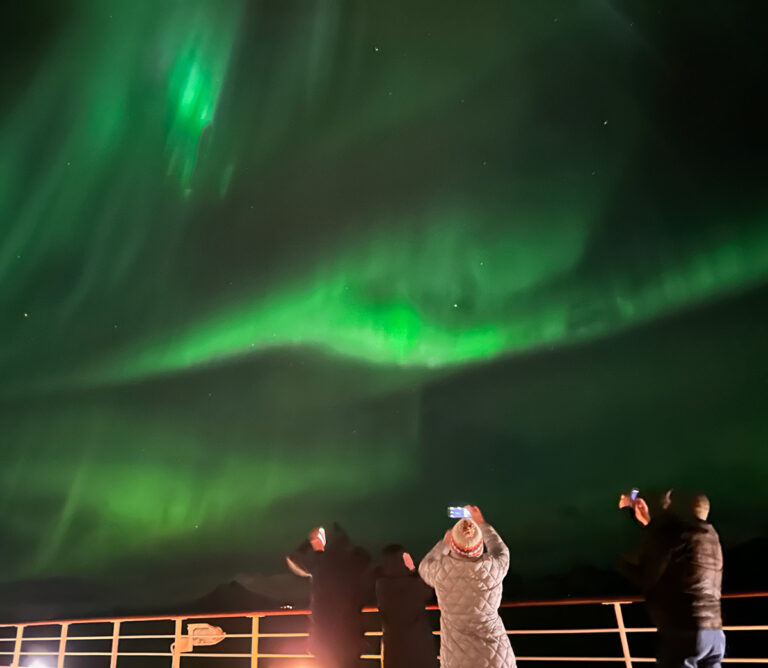
The lights can vary from a very pale green that barely moves, to an intense green with flickers of pinks and purple that shimmers like a curtain or a ribbon, or even leaps across the sky.
To try and illustrate this point, I often ask people to think of rain. Whether you experience a brief rainshower or a torrential downpour, you're still experiencing the same thing, just at a different intensity.
Expectations vs. reality
Regardless of the aurora intensity, there are many issues affecting how we see the lights, not least our own eyes. How we individually perceive light can differ from person to person. Our sight also depends on so many other factors including how long you spend in the darkness before the aurora appears.
But by far the biggest issue is photography. Modern cameras and professional smartphones can capture the intensity of the lights far better than the human eye can, just as they can with any other light source at night.

This creates somewhat unrealistic expectations among casual tourists who have only ever seen a fantastic image and don't know anything else about the aurora.
So, this article is my attempt to explain what the aurora really looks like. I want to help you manage your expectations so you make the most of your own northern lights hunt.
Grab something warm to drink (it's good practice for your aurora hunt) and let's get going.
An introduction to the northern lights
Dancing across the polar skies, these shimmering curtains or ribbons of light usually appear green, but can appear in vibrant hues of pink, purple, and sometimes even red.
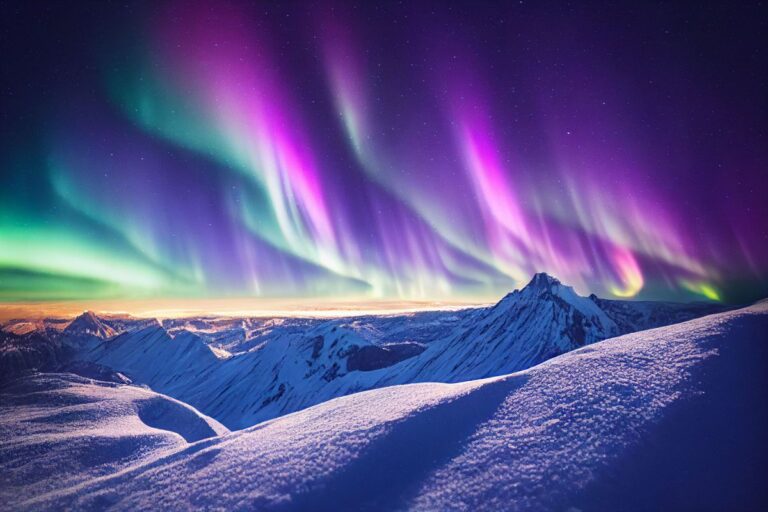
While they may seem otherworldly, the science behind the northern lights is very much rooted in the intricate dance between the sun and Earth.
The phenomenon begins with the sun. During solar storms, the sun releases charged particles, primarily electrons and protons. These particles are carried by the solar wind and, upon reaching Earth, collide with the gases in our planet's atmosphere, particularly oxygen and nitrogen.
These collisions cause the gas molecules to emit light, producing the radiant displays we see in the sky. The collisions occur high up in our atmosphere. That's why thick cloud cover will obscure the lights.
Understand the human eye
Human eyes are different. Having wore corrective lenses all my life, I always knew this. But it didn't quite click until one of my recent northern lights cruises.
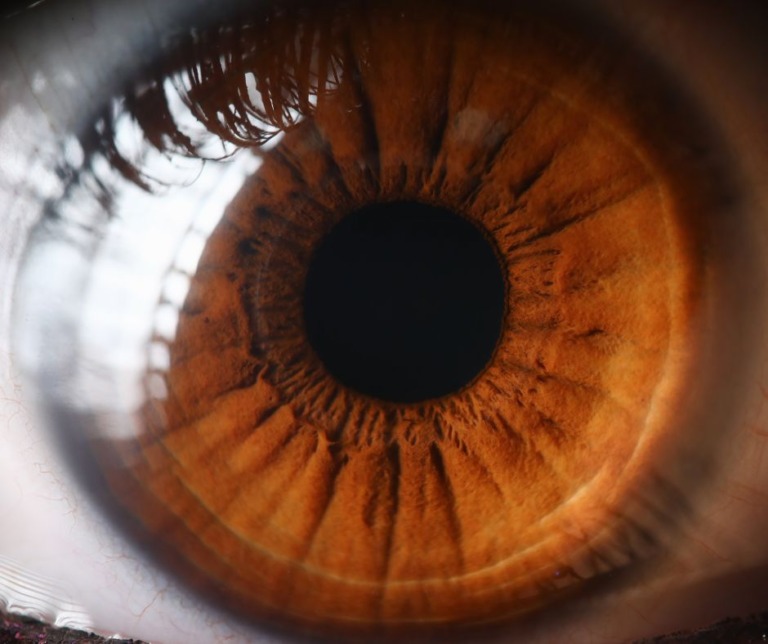
I was stood out on a quiet part of the deck watching the lights reappear after a few minutes of nothing. Next to me was a woman grumbling under her breath. I excitedly asked if she's ever seen the purple lights like this before.
She looked me as if I was an alien, saying “what are you talking about? I can't even see green. It just looks like a cloud to me!”
I looked back at the sky. There was a shimmering green aurora with purple edges. It was far from a vivid display, but it was clear enough to me.
I encouraged her to put her hands either side of her eyes, blocking out the little artificial light from the deck. She tried that for two seconds, huffed, and went inside.
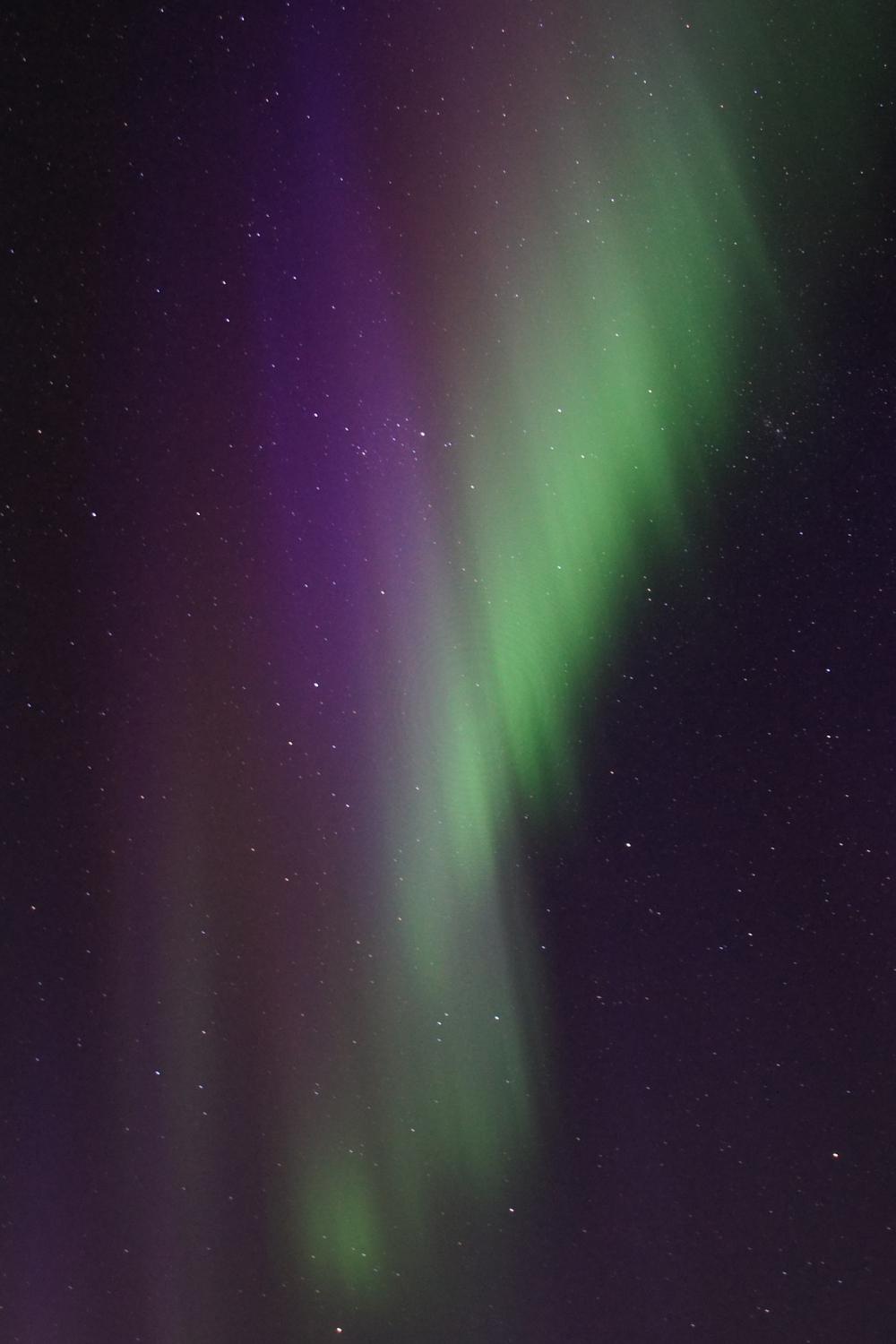
For a moment, I thought my mind might be playing tricks on me. So I took out my phone and snapped a picture. The photo clearly showed a green ribbon with purple edges.
I'll write much more on photography later, but first it's important to understand what's going on with the human eye.
How we see in the darkness
Consider this. When you wake up in the middle of the night, you'll not be able to see anything, assuming there is no or very little light source. But after a few minutes or so, your eyes begin to make out the outlines of your bedroom furniture.
So, what's going on? Well, the iris surrounding the pupil contains muscles that control the size of the pupil. In low light, the iris expends the pupil as wide as possible to allow as much light as possible into the eye. This enhances sensitivity, so that we can see better. This process takes up to a minute.
So, transfer this to looking out for the northern lights against a dark sky. Someone who has been out there for ten minutes with a clear view and no light pollution will see the lights much more clearly than someone who has just come outside from a brightly-lit interior.
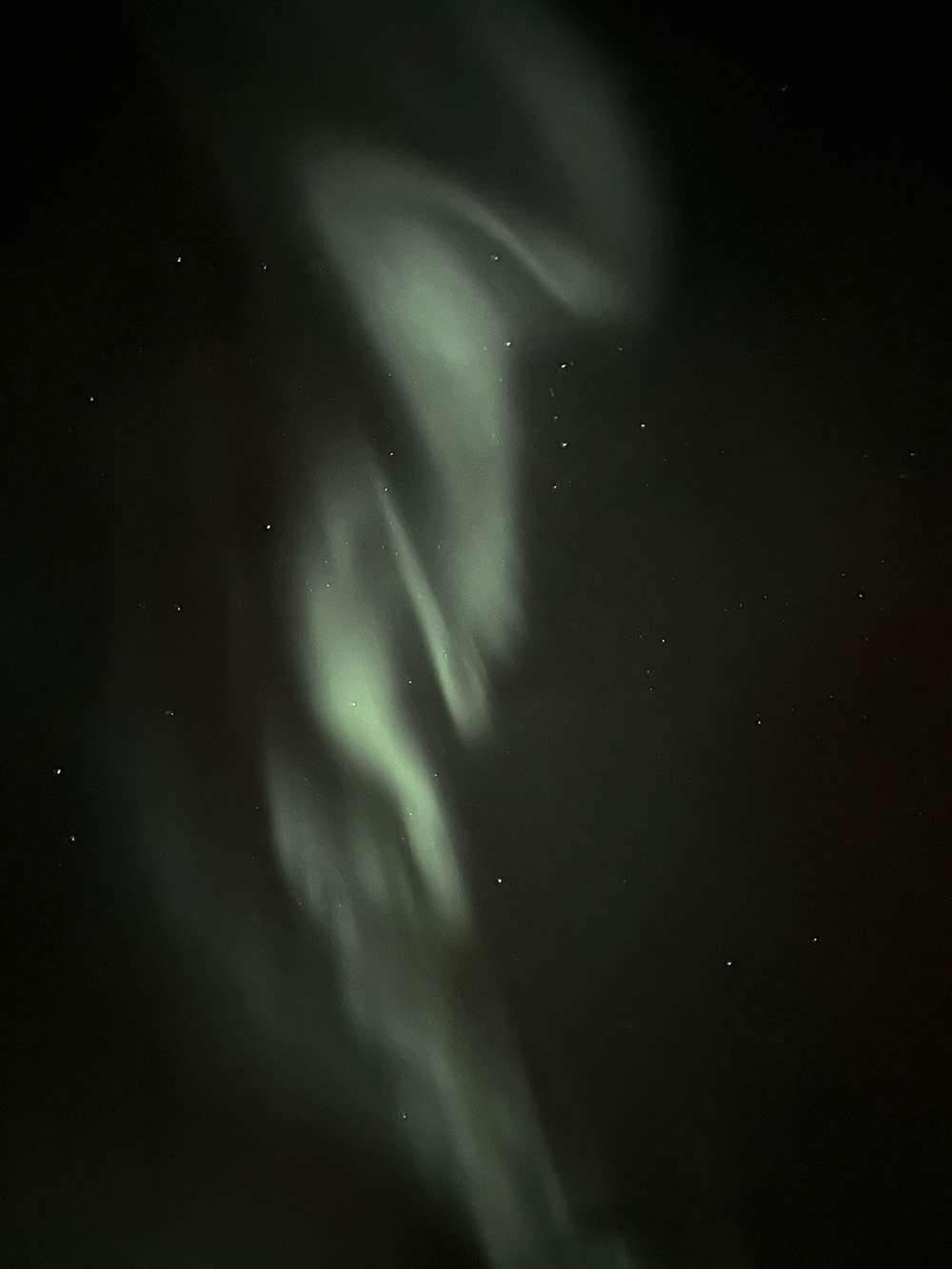
If the second person doesn't have the patience to wait and let their eyes adjust, they won't ever experience the same intensity of the lights. This is especially true during a weak-to-moderate northern lights display.
According to an expert at Space.com, our eyes are also nowhere near as good at detecting colour at night, because we use two different kinds of cells in our eyes to sense light during daylight and during darkness.
A word on northern lights photography
Cameras actually work in a similar way to the human eye, but a lot more effectively. This is not a photography guide, so I won't go into too much detail.
But simply put, when in ‘night mode' or with the appropriate settings applied, a camera or smartphone will let in as much light as possible over a period of time, often several seconds. This creates a much more intense photograph than what we can see with the human eye.
What is curious to me is that none of this is new. The same techniques have long been used when photographing cityscapes at night, for example.
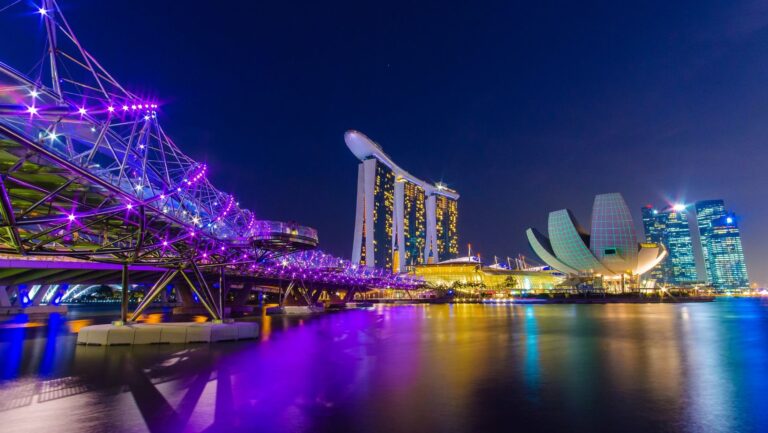
A nighttime city shot looks much brighter with more intense colour than the human eye sees. Try it yourself!
So, to sum up, it's never been easier to take great photos of the northern lights. I've even taken fantastic video of an intense northern lights display with my iPhone 14 Pro. But it's all about expectations. If you're expecting to walk outside and instantly see what you see in the photography, you are going to be disappointed.
The strength of a northern lights display
As I mentioned earlier, no two aurora displays are ever the same. Just as rainfall varies from a gentle mist or light drizzle through to a torrential downpour, the northern lights can vary just as much in intensity.
At their weakest, they can appear pale, almost white. In a display like this especially with little movement, it's often easy to mistake them for clouds. At their most intense, the sky bursts with vivid colour and rapid movement. Most of the time, it's something in between.
It's much more common to see a weak display. But rather than shrug your shoulders and go inside, staying outside and letting your eyes adjust is by far the better choice.
Not only will the sighting improve as your eyes adjust, you also allow the opportunity for the display itself to become more intense.
So, how do you see the northern lights?
Bearing all this in mind, what's the best strategy? For those who haven't seen the lights before, I recommend joining a northern lights tour with an expert guide.
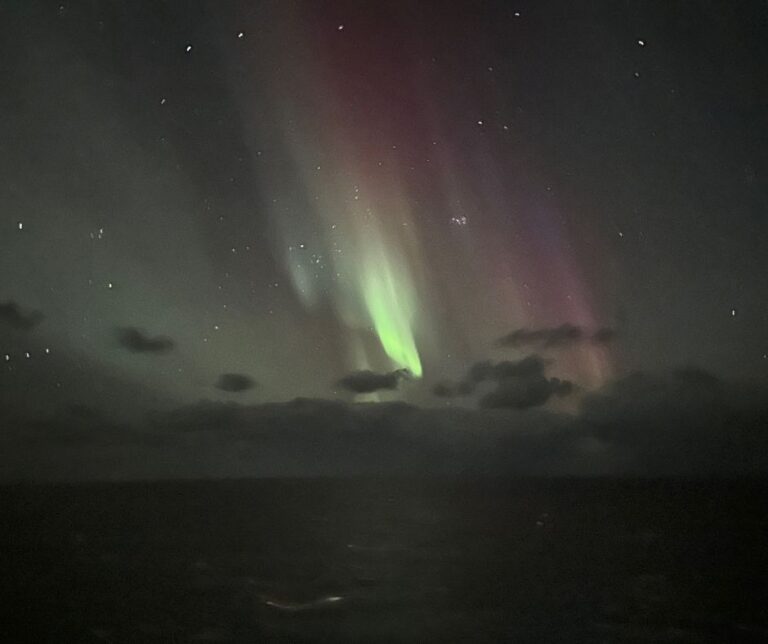
Not only will an expert generally know the best places to go on any given day based on the conditions, they'll also be able to spot the slightest flicker of auroral activity way before you!
Regardless of whether you're on a tour, on a cruise, or you're travelling independently, I recommend downloading a northern lights app or befriending someone who has one.
The apps give a percentage forecast for the immediate future (typically 10-30 minutes) for your present location. When the likelihood passes 20%, it's time to head outside.
Once you're outside, focus on letting your eyes adjust to the darkness, regardless of whether there's any activity or not. Resist the temptation to look at your phone, as the artificial light from your phone screen will interfere with your night vision.
This strategy will involve staying out in the cold for long periods, so be sure you've packed the right gear! If after 20 minutes or so there's nothing, head inside for a few minutes to warm up. Then try again!
My final tip is to not obsess about the colour. So many people on my last northern lights cruise seemed intent on convincing everyone around them that it was all one big con because all they could see was white. They went inside and missed a much more intense display 30 minutes later.
Those of us who stayed outside were transfixed by the movement, a silent dance in the sky. By watching the movement, our eyes adjusted to the darkness and gradually we could see more of the colour. The more intense show later on was our reward.
Have you ever seen the northern lights? I'd love to hear your experiences in the comments below. If you enjoyed this post, please consider sharing it on Facebook or Pinterest so that others can find and enjoy it too. Thanks!

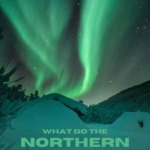

Visited Tromsø this past December and booked a Northern Lights Safari with Wandering Owl, a small tour operator using VW vans. Guide was well-versed in the science and hunt of the lights. Made two short stops with the first two sightings, then set up a temporary-camp when we saw a beautiful display on our way to the Finnish border. The lights were easily visible, and the guide took each of our photos with the lights behind us (he was a professional photographer). Saw some minor wave-like movement and pink fringes on the third stop. The same guide said they saw no lights the night before.
I saw the northern lights in Bergen in the early ‘80’s when I worked there in my late teens. I was walking home late at night. It was a very cold winter (even for Bergen)
I heard a ‘buzzing’ and looked up to a beautiful shimmering curtain of green. I had no idea what I was looking at but knew it was special.
Then the next day, the Bergens Tidende told me what it was. The first time they’d been seen so far west for years. It was big news locally.
I felt very privileged and still do.
Have seen the Northern Lights a few times in my life. Always stunning and fascinating, but my most memorable view was in eastern North Dakota in the early 1980’s. The entire sky shimmered exactly like a swimmimg pool illuminated by the underwater lights in the sides of the pool. I remember it vividly to this day.